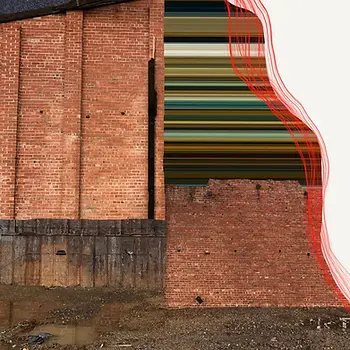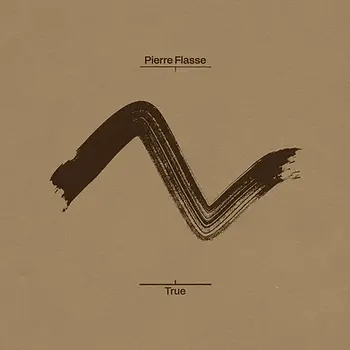
I’ve always been drawn to the idea that consciousness isn’t a privilege reserved for humans. What if everything—objects, places, even the air between us—has its own form of awareness? It may be beyond our comprehension, but it’s a poetic and powerful notion. This idea is called panpsychism, and it’s the perfect name for Test Patterns’ latest album.
Across eight instrumental tracks, panpsychism invites us into a deeply introspective world. Built primarily around the piano, the album moves freely between neoclassical, minimalist, ambient, and even hints of jazz and electronica. The genre lines are blurred, but intentionally so. This is music that resists easy classification, just like the concept behind it.
The album opens with “Push,” a cosmic, ambient piece that introduces the listener to a mysterious soundscape. A free-flowing, asymmetrical piano melody sits at its heart, surrounded by high-pitched arpeggios that shimmer like stardust. Strings enter gradually, building tension until the track resolves gently, back into the quiet intimacy of the piano. It’s a cinematic and emotionally charged start—one that immediately sets the tone.
Then comes “Retro Gaming,” a nostalgic turn. There’s a lounge-like coolness here, with a laid-back piano riff that feels like a nod to memory and childhood, without being overly sentimental. But it’s the next track, “Lessons From Someone Who Isn’t There,” where the philosophical core of the album starts to show. It made me wonder: as a pianist, am I the one playing, or is something else playing through me? Is the room teaching me, or am I simply interpreting its silence? The piece evokes those exact questions, wrapped in ambiguity.

Following that, “Nobody Really Knows Anything” feels like an answer of sorts. The track has a calming, almost accepting quality. A soft arpeggio leads the way—reassuring, steady. There’s a quiet wisdom here, as if the piece is saying: it’s okay not to know. Maybe the act of wondering is enough.
“Happy New Year” brings a subtle shift. It introduces a more electronic texture, but stays faithful to the emotional and melodic throughline of the album. The familiarity of the patterns continues, even as the instrumentation changes—almost like a resolution or a reset.
The final trio—“Guilt (Return),” “Yosemite,” and “24th and 24th”—feels more personal, like entries from a sonic diary. These tracks are reflective, intimate, and grounded in moments that feel lived-in. They carry the same neoclassical DNA as the earlier pieces, with the piano remaining front and center, but the emotional palette deepens. They sound like thoughts caught mid-process, or memories revisited through sound.
It’s worth noting that this album is a significant departure from Test Patterns’ previous work in art pop. According to the artist, panpsychism is the result of three years of effort—a body of work designed to showcase his versatility as a composer. And it truly does. This isn’t a collection of genre studies or exercises; it’s a cohesive, deeply thoughtful record with a strong personal voice.
panpsychism is a mindbender. On awareness, on the act of listening, on the quiet intelligence that might be hidden in everything around us. It’s a soundtrack for wondering, for walking, for simply being. If you sit with it, it’ll sit with you too.
#Neoclassical #MinimalistMusic #InstrumentalMusic #ContemporaryClassical #PostClassical #PianoMusic #ModernClassical #AmbientMusic #ElectronicClassical #Panpsychism #Consciousness #PhilosophicalMusic #SoundAsThought #MindfulListening #MusicAndPhilosophy #NewMusic #AlbumReview #NowListening #SupportIndependentArtists #IndieComposer #ExperimentalMusic #TestPatterns #IndieMusicReview #MusicDiscovery #CinematicSoundscape #EmotionalPiano #MusicForThinking #SoundtrackToLife #MoodyVibes #DeepListening








